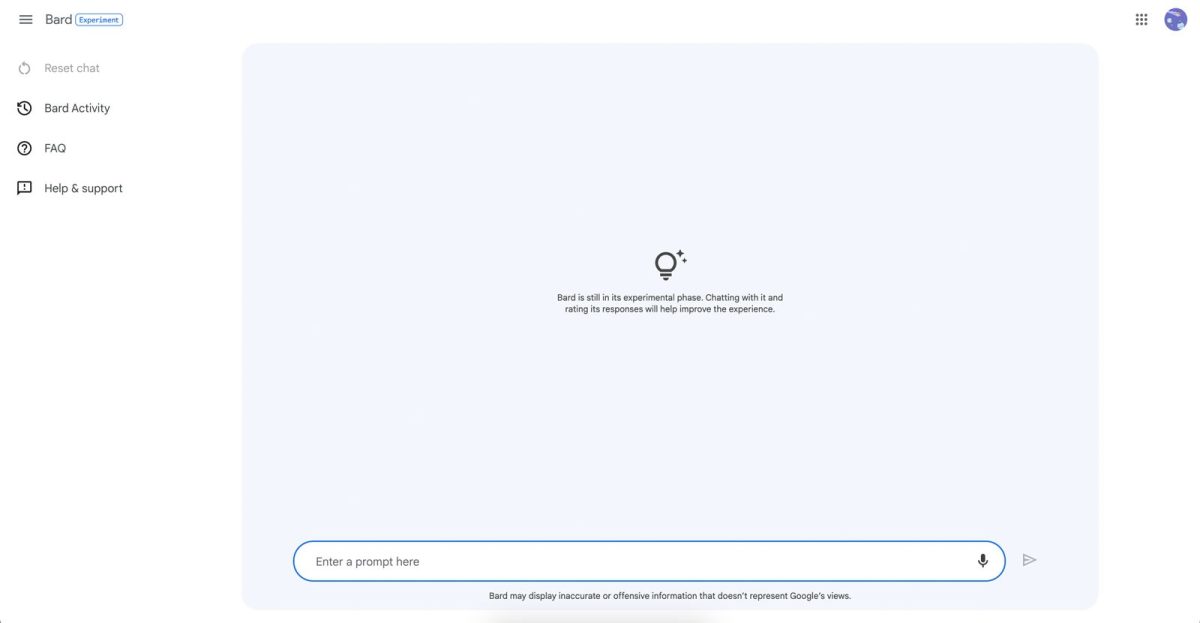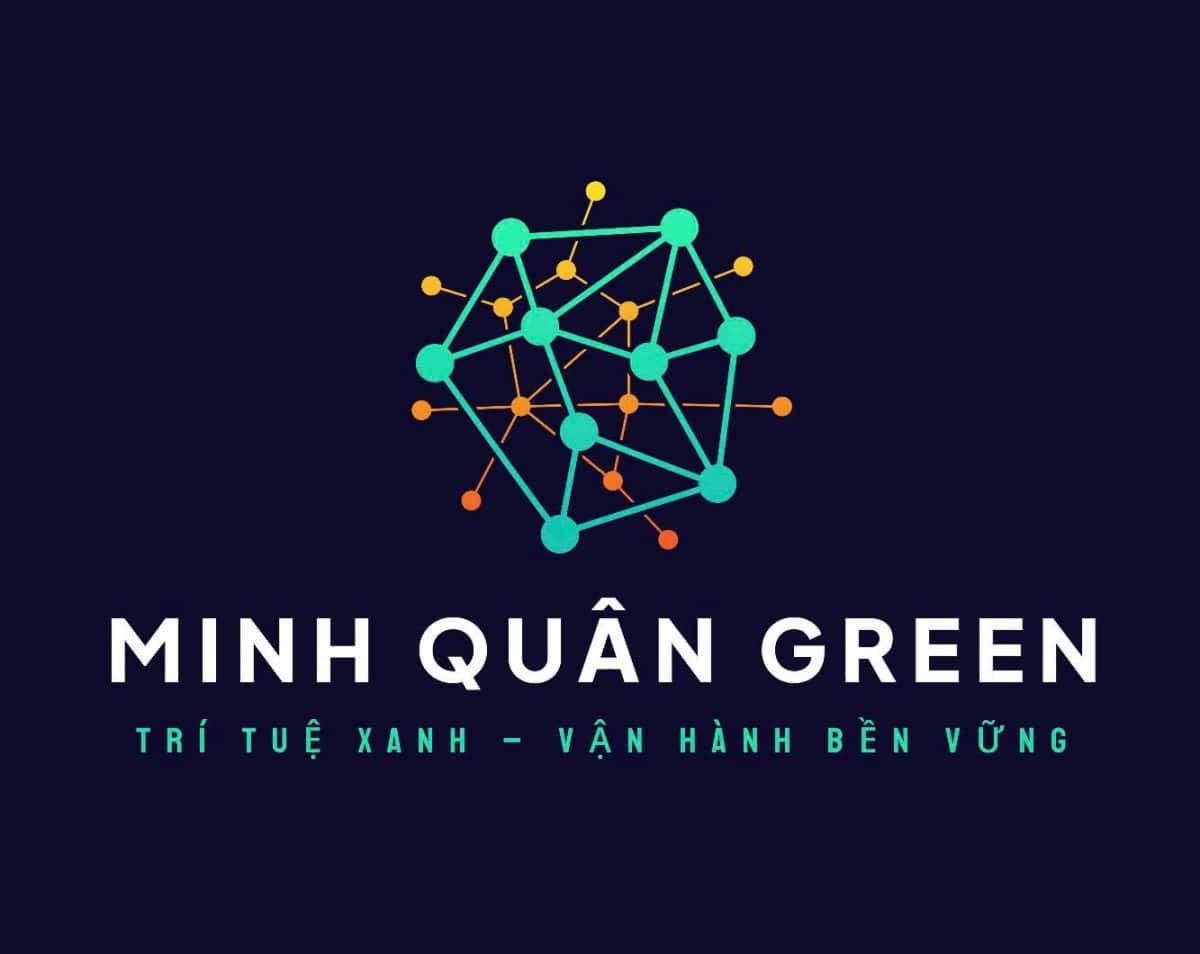In early February, Google launched Bard, an AI chatbot capable of interacting and responding to user requests. Immediately after its release, many users began to question whether Bard’s question-and-answer capabilities and data processing were good. Will Bard replace Bing AI or ChatGPT, the chatbots that are currently making waves worldwide? Let’s seek answers in this article!
Signing Up for Google Bard
The registration process for Google Bard is generally quite easy. Users only need to prepare a Google account and then access the registration link to request access. To use Bard, I need to switch my region to the United States using a VPN, and then visit bard.google.com to get started.
Read more: Guide to signing up for the Bard experience – AI chatbot developed by Google
It’s important to remember that Bard is still in the Experimental phase, so it is inevitable that there will be inaccuracies and missing information. Google has also stated in the app interface that “Bard may display inaccurate or offensive information that doesn’t represent Google’s views”, so you should consider this before using it.
Information Retrieval Capability
The first strength of Bard is its ability to retrieve information based on real data. For example, when asked the question “What is the population of Vietnam in 2021?”, Bard can accurately respond with approximately 98.1 million people. In contrast, ChatGPT can only estimate the figure up to the end of 2021 at about 98.7 million people.


This allows the information provided by Bard to be timely, with significantly improved accuracy. In fact, ChatGPT recently received an update to retrieve similar data, but it is likely only available to ChatGPT Plus subscribers.

As an AI chatbot, Bard can easily handle simple information, such as searching for obvious facts or solving math problems. Interestingly, when solving math problems, Bard can display formulas and calculations in standard fonts, making it easier for users to read and follow. Bard’s solutions are also coherent, clear, and easy to understand for beginners.

Bard can also easily handle programming questions similar to ChatGPT. However, I don’t rate the code provided by Bard too highly, as this chatbot does not explain the methods, functions, or algorithms in detail, and the code can sometimes be incorrect and unexecutable.

Another downside is that Bard does not yet support communication in Vietnamese. However, I believe that Bard will soon be updated with this feature due to the high volume of searches and usage of chatbots in Vietnam.
Content Creation Capability
As an AI chatbot, Bard has the ability to create unsearched content. For instance, I asked Bard to write an article (about 400 words) related to toxic relationships (Write an article about how to deal with toxic relationship), and the chatbot could create and process the article with a fairly high degree of confidence.

Bard’s response and processing speed is quite fast. I usually only take 2 to 4 seconds for each answer from Bard; this number could be lower if not using a VPN. Additionally, during my usage of Bard, I did not encounter response errors or chat interruptions like those on standard ChatGPT.
Overall, Bard’s writing ability is quite good. The phrases are expressed clearly, meaningfully, and appropriately for the reader’s style. Besides receiving answers through the chatbot, Bard also provides an option for users to search for content directly via Google (the Google it icon).

However, due to being in the development stage, Bard inevitably has inaccuracies in its answers. For example, when I asked Bard to compare the performance between the iPhone 14 Pro Max and the Galaxy S23 Ultra in detail, Bard provided a lot of inaccurate information, such as claiming the iPhone’s battery capacity is 4,800mAh (the actual is 4,325mAh) or the ROM on the Galaxy S23 Ultra is 128GB (the actual minimum is 256GB). These are data-related errors that may be improved in the future.
User Interface and Experience
Using the famous Material You design language on Google Pixel devices, Bard impressed me with both the software interface and user experience. The items and subsections are arranged clearly and are easy to read, while the chat frame is separated with a distinct color. Unfortunately, Bard does not have the feature that allows users to use multiple chat windows simultaneously like ChatGPT, but only provides a single communication window.

However, the strong point here is that Bard’s answers are presented very clearly and coherently. Subsections are line-separated and bolded, making it easier for users to observe the structure of the answers. Users can also customize questions by clicking on the pencil icon on the right. Additionally, users can edit the answers provided by Bard by selecting View other drafts and then choosing the desired response.

In conclusion, Google Bard is a fascinating tool that opens new avenues for how users interact and seek information. Although there are still many issues when using it, the emergence of Bard makes the race for artificial intelligence even more vibrant, as ChatGPT and Bing AI continue to demonstrate their effectiveness.
